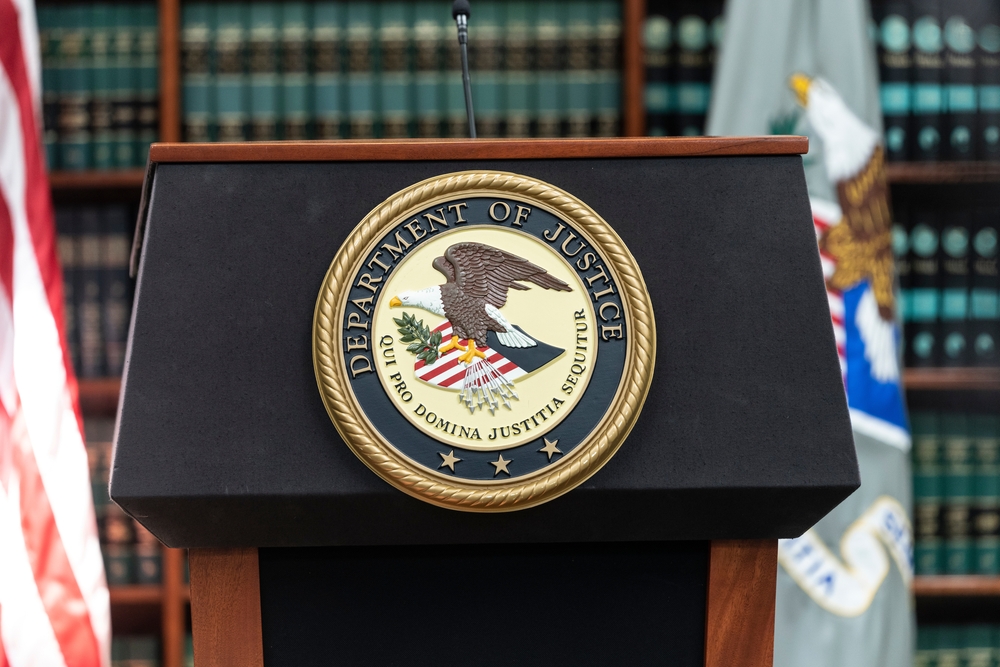
ticklethewire.com
The top Democrat on the House Judiciary Subcommittee on the Constitution fired off a letter Wednesday to FBI Director Robert S. Mueller accusing the agency of providing “incomplete and misleading” information on the 2001 anthrax attacks to the committee.
Rep. Jerrold Nadler (D-NY) letter focuses on the amount of “silicon” that was contained in the deadly anthrax letters. He asks that the FBI forward any information that could shed light on the subject.
The FBI told the ticklethewire.com on Thursday that the bureau “received the letter yesterday and we will respond directly to Congressman Nadler.”
The following is the letter:
May 25, 2011The Honorable Robert S. Mueller, III
Director
Federal Bureau of Investigation
J. Edgar Hoover Building
935 Pennsylvania Avenue, NW
Washington, DC 20535-0001
Dear Director Mueller:
I am writing with respect to the investigation by the Federal Bureau of Investigation (FBI) into the 2001 anthrax attacks and information provided by the Department of Justice (DOJ)/FBI to me about that case, which appears to have been incomplete and misleading.
On September 16, 2008, the House Committee on the Judiciary, on which I sit, conducted an oversight hearing of the FBI at which you testified. At that hearing, I asked you the following: “[W]hat was the percentage of weight of the silicon in the powders that your experts examined?” You testified that you would get back to me. On November 26, 2008, I sent to you this follow-up question in writing: “What was the percentage of weight of the silicon in the powder used in the 2001 anthrax attacks?”
On April 17, 2009, then-Acting Assistant Attorney General M. Faith Burton, of the DOJ Office of Legislative Affairs, responded with the following answer:
FBI Laboratory results indicated that the spore powder on the Leahy letter contained 14,470 ppm of silicon (1.4%). The spore powder on the New York Post letter was found to have silicon present in the sample; however, due to the limited amount of material, a reliable quantitative measurement was not possible. Insufficient quantifies of spore powder on both the Daschle and Brokaw letters precluded analysis of those samples.
A February 15, 2011 report by the National Academy of Sciences (“NAS report”), in which the NAS included its review of the FBI’s data and scientific analysis in the anthrax investigation, raises three questions about this DOJ/FBI response to me. First, with respect to the anthrax on the letter sent to Senator Leahy, the NAS report shows on pages 66 and 67 (Table 4.4) that the silicon content found by the FBI was 1.4% in one sample and 1.8% in a second sample. Why were both figures not provided to me in response to my questions?
Second, the NAS report shows on pages 66 and 67 (Table 4.4) that the FBI found the silicon content in the New York Post letter anthrax to be 10% when the bulk material was measured by mass and 1-2% when individual spore coats were measured by mass per spore. Why was neither piece of data provided to me in response to my questions?
Third and finally, the NAS report raises questions about the appropriateness of the measurements taken of the anthrax on the letter to the New York Post. Specifically, on page 77, the NAS report says:
ICP-OES analysis indicated a silicon content of the bulk New York Post letter material of 10 percent by mass, while SEM-EDX performed by SNL demonstrated silicon in individual spore coats at a level corresponding to 1 percent by mass per spore. At the January 2011 meeting, the FBI attributed this difference to a limited amount of sample available (only one replicate was performed for ICP-OES analysis) and the heterogeneous character of the New York Post letter. An explanation based on the heterogeneous character implies that the specific samples analyzed were not representative of the letter material. In such a case, additional samples should have been analyzed to determine representativeness. If such data exist, they were not provided to the committee. Lacking this information, one cannot rule out the intentional addition of a silicon-based substance to the New York Post letter, in a failed attempt to enhance dispersion. The committee notes that powders with dispersion characteristics similar to the letter material could be produced without the addition of a dispersant.
Were additional samples tested to determine the extent to which the ones examined were representative of the New York Post letter material? If not, why not? And, if the FBI does not have this data, how would you respond to the NAS that, without it, one cannot rule out the possibility that silicon was intentionally added? If the FBI did do these additional tests, please provide the resulting data to me and NAS.
If you have any questions, please contact Andrew Ginsburg on my staff at 202-225-3218. I look forward to your prompt response.
Thank you for your time and attention.
Sincerely,
Jerrold Nadler
Member of Congress




